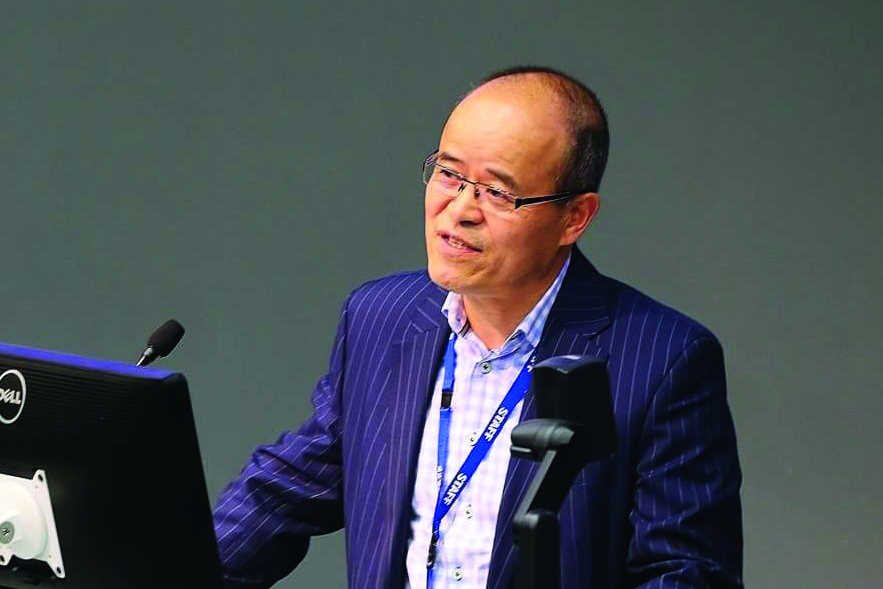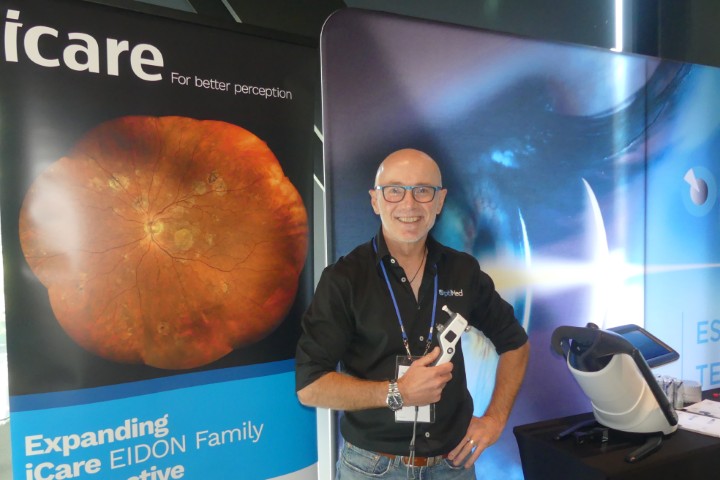Orbital orientation – ANZSS 2022
It was great to be able to attend this in-person Australian & New Zealand Strabismus Society (ANZSS) meeting and catch up with colleagues from around the country after the last couple of years of Covid disruptions. The large group of attendees happily generated lots of discussion throughout the meeting and especially with the panel during the live case studies on Friday afternoon and Saturday morning. Congratulations to the scientific organising committee for an excellent meeting, which was also well attended virtually.
The main guest speakers were Professor Frank Martin, University of Sydney, who spoke in person and started the meeting off, and Professor Ben Thompson of the University of Waterloo’s School of Optometry & Vision Science and an honorary professor with Auckland’s Liggins Institute, who joined virtually.
Prof Martin spoke of his experience with thyroid eye disease (TED) and strabismus. He began with a brief summary of the natural history of TED and the Rundle curve, then reviewed the recent randomised control trials with teprotumumab (Tepezza). Even with moderate side effects, the effects were so clear, the patients persevered. It now has FDA approval but is sadly unavailable in Australasia.
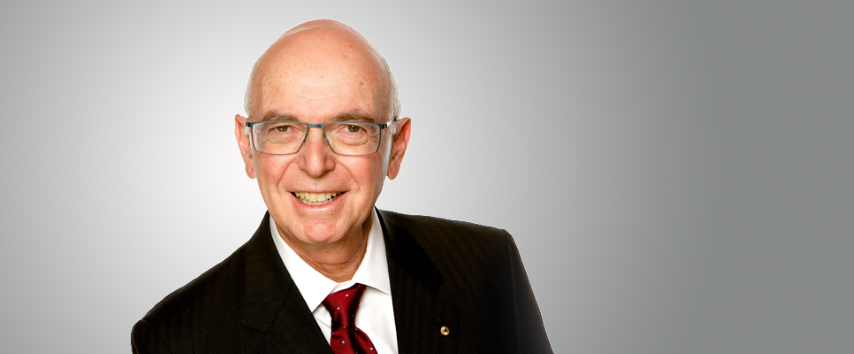
Professor Frank Martin
His summary was clarified by his extensive experience in the field and came with many useful pearls for these difficult cases. Prof Martin uses MRI of the ocular muscles to compare clinical examination with the scan findings and check the muscle size as this can affect the choice of surgery. He’s found no difference in outcome with local anaesthesia vs general, but cautioned these patients’ conjunctivas are very fragile. He recommended a competent assistant and to consider the secondary and tertiary actions of muscles such as the inferior rectus (IR). He also suggested covering one eye and if the head posture doesn’t straighten, it implies the other IR is tight. The forced duction test must demonstrate free movement at the end of the surgery. Tauranga’s Dr Cheefoong Chong commented that even after maximal surgery, TED can often be undercorrected. Prof Martin agreed but said he prefers the modified hang-back technique as the ocular muscles are so tight. He’s also stopped using adjustable sutures as he found no benefit.
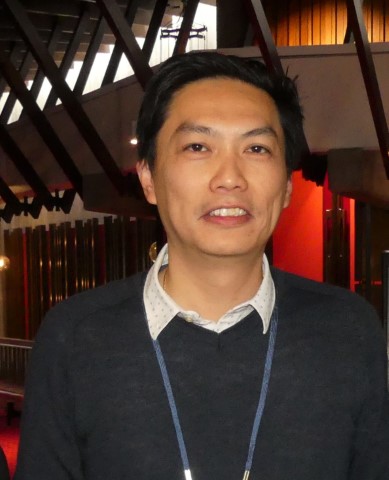
Dr Cheefoong Chong
Prof Thompson gave a number of talks over the two days, spanning dichoptic therapy for amblyopia and more recent research into neural mechanisms of interocular suppression. Most interesting, though, was his talk on the more recent Children with hypoglycaemia and their later development (CHYLD) study, in conjunction with Auckland University, and the objective vision assessment using the optokinetic nystagmus response (OKN). His involvement in the study concerned the vision risk in neonatal hypoglycaemia, birth prematurity and the vulnerability of the dorsal stream during development. This looks an interesting avenue and ongoing studies in Germany suggest OKN detection has a good association with the Early Treatment Diabetic Retinopathy Study (ETDRS) chart and could be better than the preferential-looking vision assessment. Among the audience comments that followed, it was suggested they could consider using visual evoked potential (VEP) to check correlation, which Prof Thompson agreed with.
Melbourne-based Dr James Elder gave an excellent review of the management of congenital fibrosis of the extra-ocular muscles (CFEOM). He aims to maximise patients’ vision, reduce the head posture and where possible surgically realign their eyes while retaining eye movement. He also aims to lessen the ptosis and minimise the corneal exposure inherent in CFEOM, since patients have a reduced blink response. He noted that more than half his patients need glasses. For the surgeons in the audience, he gave clear explanations of his surgical recommendations. He favours aggressive IR or lateral rectus (LT) to the orbital rim, especially where the eye is not reaching the midline on ocular movement testing. He sutures the muscle to the orbital rim by cutting through the periorbital fascia.
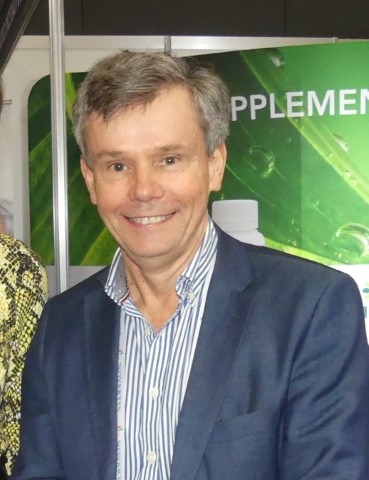
Dr James Elder
The presentation generating the biggest audience response came from retired ophthalmic design engineer and former Auckland University senior lecturer Knox Laird’s talk on his 3D-printed ‘Torsion-o-Meter’, created at the behest of of former New Zealand, now Queensland-based paediatric ophthalmologist Dr Shuan Dai. He wanted a simple handheld device to measure both objective and subjective torsion and any torsional fusion, without the extended exam on a synoptophore. Not all clinics have access to this device or the time to use it. Dr Dai’s prototype looked so good the majority of the audience in clinical practice asked him to patent it so they could obtain one for clinical use.
I also particularly liked Dunedin-based Dr Logan Mitchell’s presentation of oscillopsia in infantile nystagmus syndrome (INS). This came about after he had two patients who suffered with this, yet we’re taught it’s often transient and “almost unknown for oscillopsia to be a presenting complaint of INS”. Oscillopsia is the illusionary perception of environmental movement and occurs when retinal slip exceeds 4⁰ per second. Despite INS’ retinal slip exceeding 100⁰ per second, oscillopsia is a very rare occurrence in this group of patients (prevalence of 2%, according to Leigh R et al, 1988).
Dr Mitchell raised great questions, using Cham, Anderson and Abel’s 2013 study into proposed compensatory mechanisms. This demonstrated a copy of the efferent signal and artificial retinal stabilisation in INS could produce oscillopsia – a migrainous aura on a stable image. Experimental evidence showed suppression of oscillopsia is not homogenous. Interestingly, in fusion maldevelopment syndrome (FMS), Cham et al noted that two thirds of patients found physiological stress worsened the nystagmus waveform, with variable contributions of this affecting some patients. This would apply to Dr Mitchell’s oscillopsia patients, with one having Asperger’s and the other with deteriorating mental health. A UK clinical study also found a link between oscillopsia and psychological issues.
The panel for the live cases included Prof Martin, Drs Dai, Elder, Deepa Taranath and Stuart Carroll, and myself. We had seven very different cases, which provided great discussion and collaboration, which we hope will give the best outcome for the patients who kindly agreed to attend. Most of the attendees I talked to said this session was a highlight of the meeting, so I’m looking forward to next year’s event!
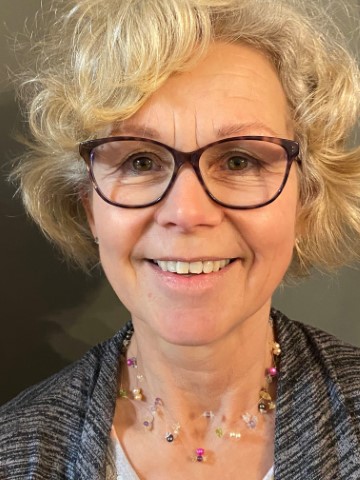
Sally-Anne Herring is a UK-trained orthoptist with more than 30 years’ experience in paediatrics and neurophthalmology who now works in Hawke’s Bay, New Zealand. She is an active member of the British and Irish Orthoptic Society, the New Zealand Orthoptic Society Inc (NZOSI) and Orthoptics Australia. From 2006-2017 she was NZOSI secretary and is currently NZOSI’s Allied Health Aotearoa representative (AHANZ).








